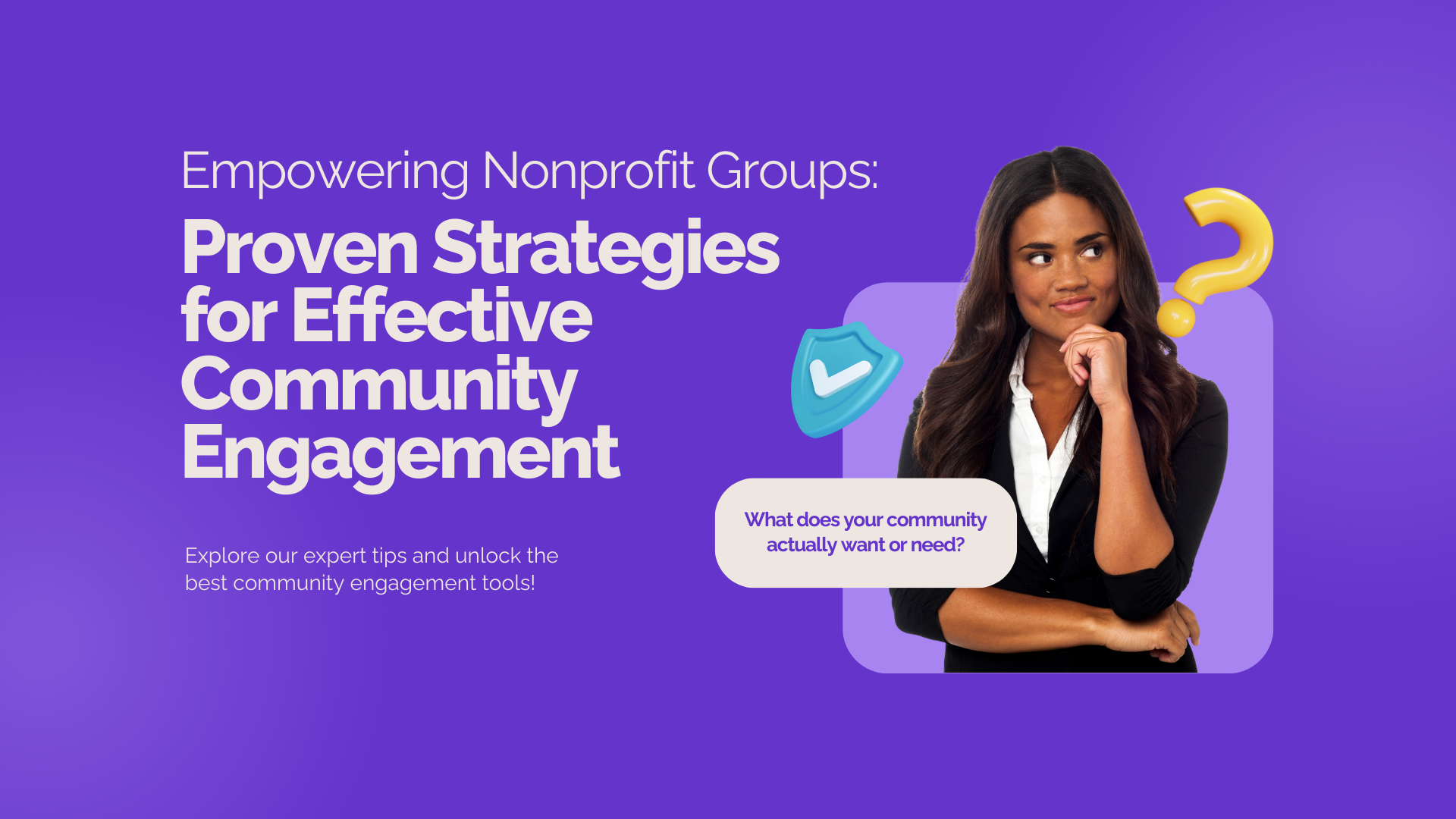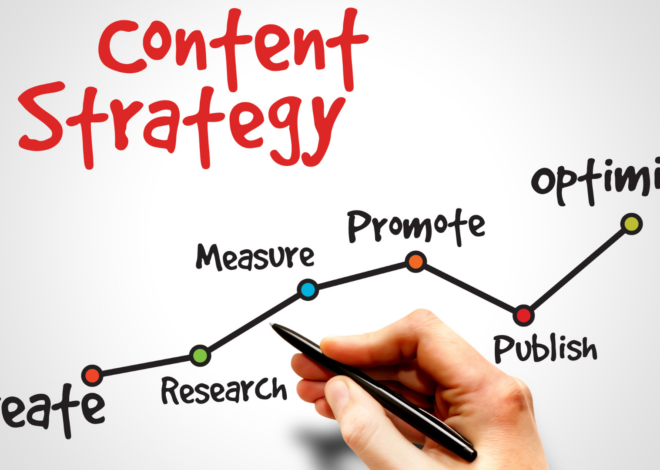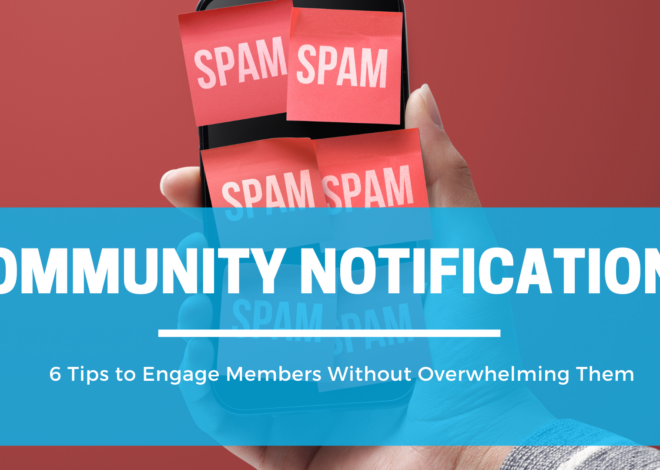
Empowering Nonprofit Groups: Proven Strategies for Effective Community Engagement
Why Community Engagement is the Heartbeat of Nonprofit Work
Nonprofit groups do more than provide services — they bring people together around shared values, local causes, and meaningful change. But making a real impact means more than just showing up; it’s about truly connecting with the people you’re trying to serve.
When nonprofit groups engage deeply with their communities, trust builds. And with trust comes collaboration, commitment, and long-term results. That’s why having a thoughtful community engagement strategy is so important.
Start With Listening: Understand What the Community Needs
Before launching a new project or program, take a step back and ask: what does the community actually want or need?
Here are a few ways nonprofit groups can uncover those answers:
- Host casual conversations: Sometimes a simple coffee chat can reveal more than a formal survey.
- Run feedback surveys or polls: Digital or paper, quick questions can uncover helpful patterns.
- Map existing resources: Get to know the strengths and assets already in the neighborhood.
This early discovery process helps nonprofit groups avoid assumptions and ensures initiatives align with real priorities.
Helpful resource: Community Tool Box – Assessing Community Needs
Make the Plan Clear (and Actually Useful)
Once you’ve gathered input, it’s time to create a plan. But this isn’t just a fancy document for internal meetings — it’s your roadmap for action.
Ask yourself:
- What specific outcomes are we aiming for?
- Who are we engaging — and why?
- What will success look like in 3, 6, or 12 months?
Set realistic goals and make sure the entire team (staff, board, and volunteers) understands the plan and their roles in it.
Learn more: Nonprofit Quarterly – Strategic Planning
Connect With the Right People — And Keep Them Involved
Community engagement is a two-way street. It’s not just about sharing updates; it’s about creating space for ongoing dialogue and ownership.
Nonprofit groups should:
- Identify key stakeholders: Think local leaders, residents, schools, and even small businesses.
- Build advisory groups: Invite community members to regularly weigh in on your work.
- Keep communication flowing: Share progress, wins, and lessons learned — even when things don’t go as planned.
When people feel included, they become advocates — and your best supporters.
Check out: National Council of Nonprofits – Community Engagement Tips
Digital Outreach is More Than Just Social Media
Social media is a great tool, but community engagement goes beyond likes and shares.
Here’s how nonprofit groups can use digital platforms more strategically:
- Use newsletters to share real stories. Highlight both impact and challenges.
- Host virtual events. Not everyone can attend in person — online options widen your reach.
- Start a community Slack or WhatsApp group. Bring people together in spaces they already use.
Technology should make it easier to listen, collaborate, and mobilize support — not just broadcast announcements.
Helpful read: TechSoup – Digital Tools for Nonprofits
Bring People Together — Online and Offline
In-person connections still matter — maybe now more than ever. And nonprofit groups are perfectly positioned to create those moments of togetherness.
Some great engagement ideas:
- Volunteer days that double as team-building and skill-sharing.
- Community art or storytelling projects that allow residents to share their voice.
- Pop-up info booths at local events or farmers markets to spark casual conversation.
The more visible and present you are, the more trust you’ll build.
Volunteers Are Your Secret Superpower
Volunteers often bring fresh energy, passion, and new ideas to nonprofit groups. But they also need a reason to stay involved.
Here’s how to make the experience valuable for both sides:
- Match roles with interests and skills.
- Provide training and clear expectations.
- Celebrate their contributions regularly (a heartfelt thank-you goes a long way).
Happy, empowered volunteers are some of the best community ambassadors you can ask for.
Explore: VolunteerMatch – Find and Engage Volunteers
Partner Up to Go Further
No one organization can do it all alone — and you shouldn’t have to. Strong partnerships can help nonprofit groups scale their impact and tap into new networks.
Think beyond the usual suspects:
- Local businesses looking to give back.
- Schools, libraries, and community centers with shared goals.
- Other nonprofits tackling related challenges.
Co-host events, swap resources, or co-create campaigns. Collaboration doesn’t just expand your reach — it deepens your relevance.
Keep the Feedback Loop Going
You’ve done the outreach, hosted the event, shared the post — now what?
Close the loop by:
- Asking for post-event feedback.
- Holding short reflection sessions with staff and volunteers.
- Reporting back to the community on what you learned and what’s next.
The more your audience sees their input reflected in your actions, the more connected they’ll feel.
Examples of Community Engagement Done Right
Let’s highlight a couple of nonprofit groups that are knocking it out of the park:
🌱 The Wildflower Center in Austin, TX
They engage the community through educational workshops and volunteer-led conservation programs — turning local residents into lifelong environmental stewards.
🏡 Good Acres in San Antonio
By repurposing church-owned land into parks and affordable housing, they’re showing how nonprofits can turn underused assets into shared public value.
These are just two examples of how clear vision, deep listening, and community collaboration can spark big changes.
Quick Recap for Nonprofit Teams
Here’s a cheat sheet to keep community engagement meaningful:
| Engagement Strategy | What It Looks Like |
|---|---|
| Listen First | Surveys, focus groups, informal chats |
| Make a Plan | Clear goals, timelines, and roles |
| Keep It Inclusive | Invite local voices into the process |
| Go Digital + Physical | Mix online tools with face-to-face events |
| Support Volunteers | Train, match skills, and celebrate wins |
| Partner Smart | Collaborate with businesses, schools, and other nonprofits |
| Close the Loop | Gather and act on community feedback |
Try Kannect – A Free Tool Built for Nonprofit Groups Like Yours
If you’re part of a small nonprofit group and you’re looking for a better way to manage your members, boost engagement, and keep everything organized — Kannect is here to help.
We’re proud to offer our platform for free to small nonprofits, giving you powerful tools to:
- Streamline community engagement
- Manage your members and events
- Share updates and collect feedback
- Strengthen your impact without the tech headache
👉 Click here to try Kannect today — and see how easy engagement can be when everything’s in one place.
Want More Resources Like This?
If you’re part of a nonprofit group looking to grow your community engagement efforts, we’ve got your back. Check out the rest of our blog at kannect.co/blog for more practical strategies, tools, and case studies.
And if you’re curious about how our platform can help streamline your member engagement, feel free to reach out to us anytime.
FAQs
- What is the importance of community engagement for nonprofit groups? Community engagement helps nonprofit groups build trust, understand community needs, enhance program effectiveness, and mobilize resources and support.
- How can nonprofit groups effectively assess community needs? Conducting surveys, focus groups, and asset mapping are effective methods for understanding the needs and strengths of a community.
- How can nonprofit groups build long-term relationships with communities? Building long-term relationships requires consistency, transparency, and mutual respect. Nonprofit groups should maintain open communication, follow through on commitments, and involve community members in planning and decision-making processes.
- What digital tools can nonprofit groups use to enhance engagement? Nonprofit groups can utilize tools like Mailchimp for email campaigns, Zoom for virtual meetings, Google Forms for surveys, and Canva for creating engaging visual content. Social media schedulers like Buffer or Hootsuite can also boost outreach consistency. Kannect streamlines community management and member engagement efforts with an all-in-one platform. *Kannect is free for small nonprofits.
- How do nonprofit groups measure the success of community engagement efforts? Key performance indicators (KPIs) such as event attendance, survey participation, volunteer sign-ups, and feedback ratings help track engagement success. Long-term metrics include increased community partnerships, donor retention, and expanded program reach.
Table of Contents
Proudly powered by WordPress



